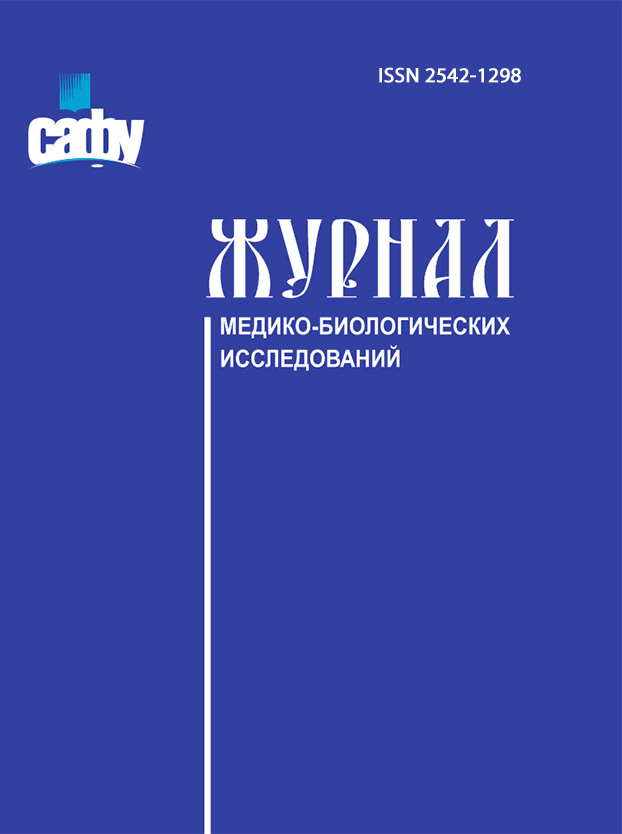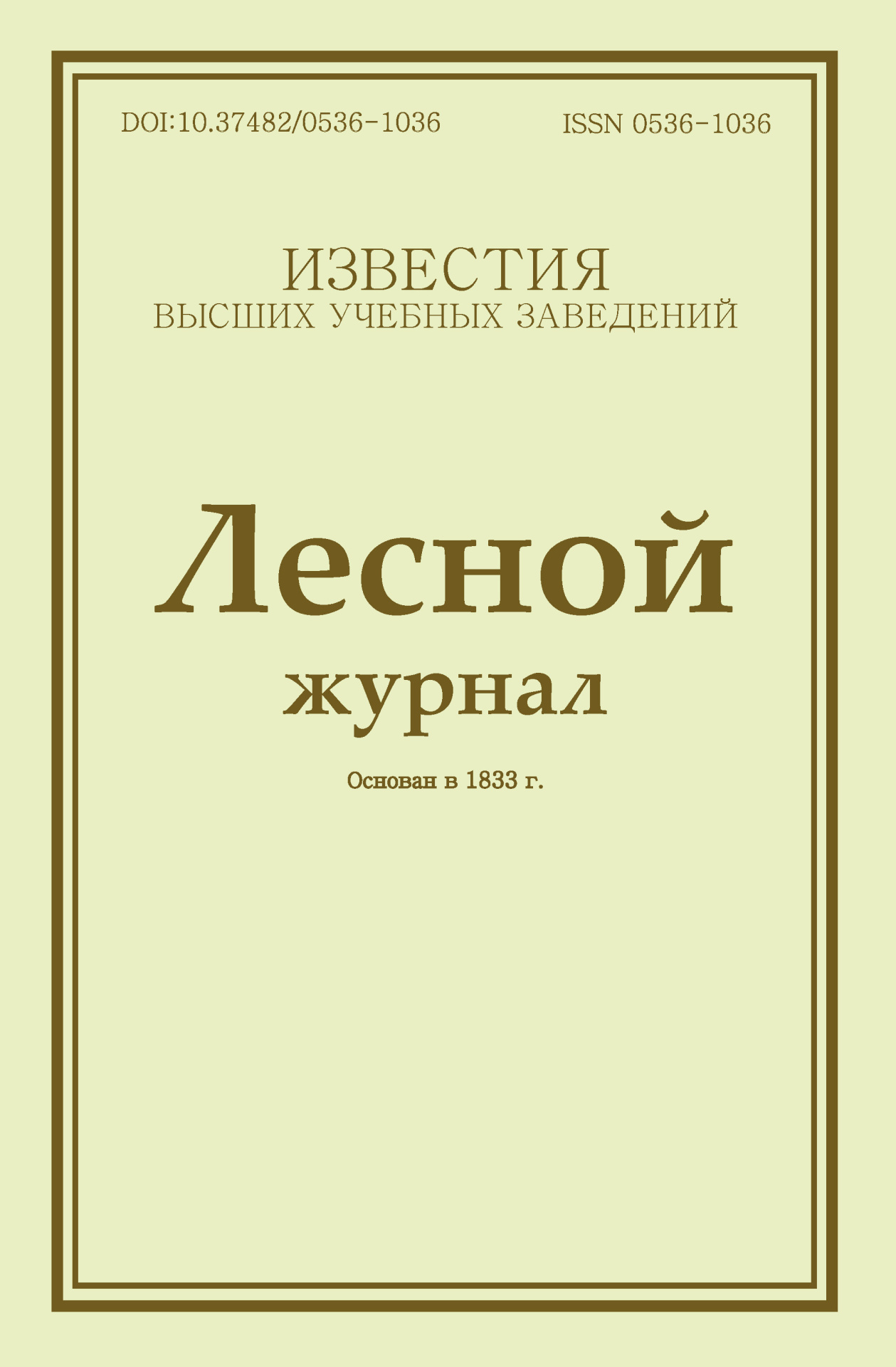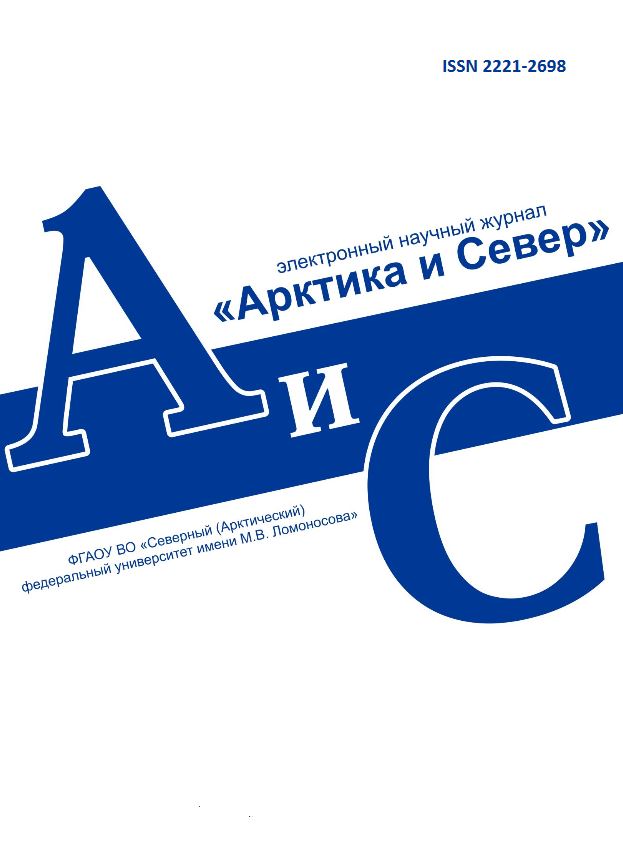
 

Legal and postal addresses of the founder and publisher: Northern (Arctic) Federal University named after M.V. Lomonosov, Naberezhnaya Severnoy Dviny, 17, Arkhangelsk, 163002, Russian Federation
Editorial office address: Vestnik of Northern (Arctic) Federal University. Series "Humanitarian and Social Sciences", 56 ul. Uritskogo, Arkhangelsk
Phone: (8182) 21-61-20, ext. 18-20
E-mail: vestnik_gum@narfu.ru
https://vestnikgum.ru/en/
|
Representation of Informal Practices of Law Enforcement Officers in Media Discourse. P. 122-130
|
 |
Section: Philosophy
Download
(pdf, 0.4MB )
UDC
140.8:791.4
DOI
10.37482/2687-1505-V441
Authors
Vladimir V. Plotnikov, Dr. Sci. (Sociol.), Cand. Sci. (Philos.), Assoc. Prof., Prof. at the Philosophy Department, Kikot Moscow University of the Ministry of Internal Affairs of Russia (аddress: ul. Akad. Volgina 12, Moscow, 117997, Russia).
е-mail: inkognito13@inbox.ru, ORCID: https://orcid.org/0000-0003-3861-2291
Anton A. Kochkin, Lecturer at the Department of Theory and History of Law and State, Krasnodar University of the Ministry of the Interior of Russia (аddress: ul. Yaroslavskaya 128, Krasnodar, 350005, Russia).
е-mail: kochkin@a-kochkin.ru*, ORCID: https://orcid.org/0000-0002-1251-6739
Abstract
The image of law enforcement agencies is an extremely important issue. One of the major sources of ideas about the police among civilians are media products forming the image of a police officer. The Russian media space makes extensive use of cinematography to depict law enforcement activities. In films and television series, a certain, largely stereotypical, even grotesque, image of a police officer is widely represented, including a number of qualities and specific practices that contradict the formal definition of a police officer’ social role. We can talk about the practice of deconstructing the image of a police officer and imposing social myths and stereotypes that are largely divorced from reality, but form the audience’s social perceptions and expectations of actual police officers. This results in a cognitive bias, consisting in an inadequate, stereotypical perception of police officers in society. The article analyses the informal practices of law enforcement officers that are demonstrated in media discourse. The research is based on the content analysis of media products depicting law enforcement activities and applies certain elements of the constructivist and socio-phenomenological approaches. The study substantiates that the way law enforcement is reflected in the media products is not representative due to their genre specifics, as well as due to the superficial ideas of the authors of these media products about law enforcement. In addition, the paper analyses the informal practices of police officers and their social determination in the context of symbolic interactionism, social phenomenology and constructivism.
Keywords
law enforcement, law enforcement officers, image of a police officer, informal practices, media, cinematography, stereotypes about the police, social mythologization
References
- Kochkin A.A. I Cannot Remain Silent: Some Features of the Representation of the Image of an Employee of the Internal Affairs Bodies in Modern Russian Cinema. Psychol. Pedagog. Off. Activity, 2024, no. l, pp. 95–99 (in Russ.).
- Kochkin A.A. Informal Social Practices on the Example of Internal Affairs Bodies Investigators’ Activities. Soc. Sociol. Psychol. Pedagog., 2024, no. 10, pp. 23–28 (in Russ.).
- Tyun’ A.P. Politsiya kak sotsial’nyy institut v reformiruemom rossiyskom obshchestve: sotsiologicheskiy analiz [Police as a Social Institution in the Russian Society Undergoing Reforms: A Sociological Analysis: Diss.]. Krasnodar, 2018. 163 p.
- Mikhaylyuk V.A. Korruptsionnoe povedenie kak osobaya forma deviatsii sotrudnikov organov vnutrennikh del [Corrupt Behaviour as a Special Form of Deviation Among the Employees of Internal Affairs Bodies: Diss.]. Maykop, 2017. 137 p.
- Koptsov S.V. Empiricheskie sotsiologicheskie issledovaniya kak instrument optimizatsii deyatel’nosti sluzhb uchastkovykh upolnomochennykh politsii (na materialakh Krasnodarskogo kraya) [Empirical Sociological Research as a Tool for Optimizing the Activities of District Police Officers (Based on the Materials of the Krasnodar Territory): Diss.]. Krasnodar, 2018. 153 p.
- Tishchenko A.V. Doverie k politsii: znachenie, faktory, perspektivy formirovaniya [Trust in the Police: Importance, Factors and Prospects for Development: Diss.]. Stavropol, 2022. 226 p.
- Dubrovskiy V.Yu. Stigmatizatsiya i destigmatizatsiya obraza politseyskogo v virtual’nom informatsionno-kommunikatsionnom prostranstve [Stigmatization and Destigmatization of the Image of a Police Officer in the Virtual Information and Communication Space: Diss.]. Belgorod, 2022. 176 p.
- Schutz A. The Phenomenology of the Social World. Evanston, 1967. 255 p.
- Schutz A., Parsons T. Teoriya sotsial’nogo deystviya [The Theory of Social Action]. Moscow, 2021. 224 p.
- Berger P.L., Luckmann T. The Social Construction of Reality: A Treatise in the Sociology of Knowledge. New York, 1967. 219 p.
- Liao Ya. Kino kak kul’turnaya industriya: sovremennoe mifotvorchestvo [Cinema as a Cultural Industry: Modern Myth-Making]. Izvestiya Samarskogo nauchnogo tsentra Rossiyskoy akademii nauk. Sotsial’nye, gumanitarnye, mediko-biologicheskie nauki, 2023, no. 88, pp. 79–86.
- Astafieva O.N., Shlykova O.V. Public Administrator in Contemporary Culture and Art: In Search of an Image. Vestnik MGUKI, 2020, no. 6, pp. 70–83 (in Russ.). https://doi.org/10.24412/1997-0803-2020-698-70-83
- Romanchuk L.A., Dyabina V.N. Sposoby, printsipy i mekhanizmy sozdaniya kinomifa [Methods, Principles and Mechanisms of Creating a Cinema Myth]. Universum: filologiya i iskusstvovedenie, 2023, no. 9, pp. 4–12.
- Subbotina M.V. Negeroicheskie geroi: dva podkhoda k analizu mediynykh obrazov [Non-Heroic Heroes: Two Approaches to the Analysis of Media Images]. Vestnik RUDN. Ser.: Sotsiologiya, 2021, no. 3, pp. 623–633.
- Volokhova A.G. The Subject of Error: The Myth of the Subject in Media Reality. Galact. Media J. Media Stud., 2020, vol. 2, no. 1, pp. 120–142 (in Russ.). https://doi.org/10.46539/gmd.v2i1.98
- Kravtsova A.M. Problema formirovaniya obraza sotrudnika politsii v rossiyskom obshchestvennom soznanii v kontekste kontseptov “zakon” i “spravedlivost’” [Issue of Forming the Image of the Police Officer in the Russian Public Consciousness in the Context of Concepts “Law” and “Justice”]. Filosofiya prava, 2020, no. 3, pp. 137–143.
- Tian Y., Yang J., Chuenterawong P. Share or Not? Effects of Stereotypes on Social Media Engagement Using the Stereotype Content Model. Journal. Pract., 2021, vol. 17, no. 3, pp. 574–600. https://doi.org/10.1080/17512786.2021.1927804
- Luhmann N. Einführung in die Systemtheorie. Heidelberg, 2002. 347 p. (Russ. ed.: Luman N. Vvedenie v sistemnuyu teoriyu. Moscow, 2007. 360 p.).
- Mead G. Internalizovannye drugie i samost’ [Internalized Others and the Self]. Amerikanskaya sotsiologicheskaya mysl’ [American Sociological Thought]. Moscow, 1994, pp. 224–227.
- Blumer H. Symbolic Interactionism: Perspective and Method. Berkeley, 1986. 208 p. (Russ. ed.: Blumer G. Simvolicheskiy interaktsionizm. Perspektiva i metod. Moscow, 2017. 343 p.).
- Goffman E. Frame Analysis: An Essay on the Organization of Experience. Boston, 1986. 586 p. (Russ. ed.: Gofman I. Analiz freymov: esse ob organizatsii povsednevnogo opyta. Moscow, 2003. 750 p.).
- Garfinkel H. Studies in Ethnomethodology. Cambridge, 1984. 288 p. (Russ. ed.: Garfinkel’ G. Issledovaniya po etnometodologii. St. Petersburg, 2007. 334 p.).
- Bourdieu P. Sotsiologiya sotsial’nogo prostranstva [The Sociology of Social Space]. Moscow, 2005. 288 p.
- Chalmers D.J. Facing Up to the Problem of Consciousness. J. Conscious. Stud., 1995, vol. 2, no. 3, pp. 200–219.
|
Make a Submission











Journal of Medical and Biological
Research

Forest Journal

Arctic and North


|







